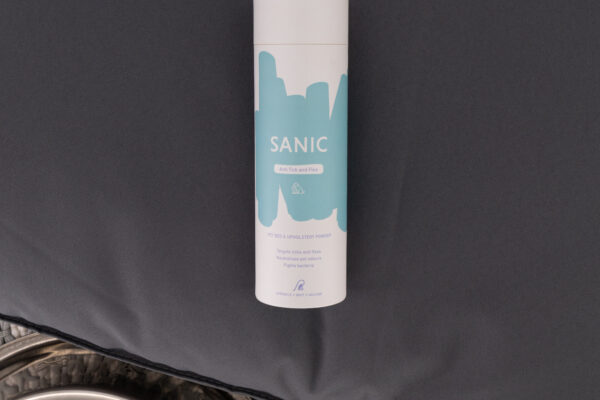
What is a dust allergy and why could your mattress, where we spend 1/3 of our day, be the biggest contributor to your dust allergies? Surprisingly, dust allergies aren’t an allergic reaction to dust and dust mites are more common than you would expect. Here’s everything you need to know to keep dust mites and dust allergies at bay.
Dust allergies sound like you are allergic to dust, but that’s not the case. People who struggle with dust allergies are allergic to the dust mite, not dust in the air. In fact, people react to the allergen in the dust mite’s faeces, not even the dust mite itself. Crazy, right? Who knew! A mattress is a very common place to find allergy-causing dust mites.
Here is what is even more frightening, your mattress could be riddled with dust mites and you would have no idea because you can’t see dust mites with the naked eye, they can only be seen under a microscope. Dust mites survive off our dead skin cells and in moist environments. We spend a third of our day in bed, sweating and shedding dead skin, making our mattresses the perfect place for dust mites to live and breed.
Prevention is better than a cure. This is why it is so important to clean your mattress regularly. Make sure your mattress is dry and clean to prevent dust mites from living in your mattress.
We recommend:
- Change your linen regularly
- Use a hot wash for linen
- Leave your linen off your mattress for a couple of hours on linen change days- letting your mattress dry out
- Crack a window- keeping the bedroom well-ventilated helps dry out moisture
- Vacuuming with SANIC dry formula helps to absorb moisture and get rid of dead skin cells
- Stick your mattress in the sun for an afternoon (its old school but it works)
* Remember dust mites and bed bugs are completely different, more info on bed bugs coming soon.




